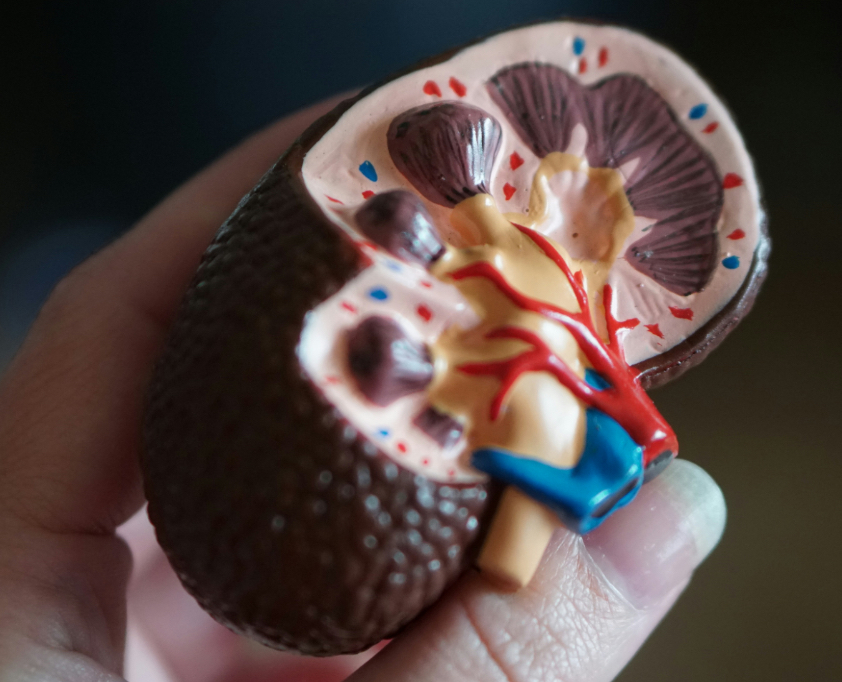WPW stands for Wolff-Parkinson-White syndrome, a heart condition where an extra electrical pathway in the heart leads to episodes of rapid heartbeat (tachycardia). This extra pathway allows electrical signals to bypass the normal heart’s conduction system, potentially causing the heart to beat too fast or irregularly.
Elaboration:
WPW syndrome is a congenital heart defect, meaning it’s present at birth. While most individuals with WPW may not experience any symptoms, others may experience palpitations, dizziness, shortness of breath, or even fainting during episodes of rapid heart rate.
Causes:
The cause of WPW syndrome is not always clear, but it’s thought to be related to an abnormal accessory pathway in the heart’s electrical system. This accessory pathway allows electrical signals to travel between the upper and lower chambers of the heart without going through the normal atrioventricular node.
Diagnosis:
WPW syndrome is typically diagnosed using an electrocardiogram (ECG), which measures the heart’s electrical activity. An ECG may reveal a characteristic pattern of a short PR interval and a widened QRS complex, indicative of the abnormal pathway.
In an ECG for Wolff-Parkinson-White (WPW) syndrome, you’ll see a delta wave, which is a slurred upstroke of the QRS complex, along with a short PR interval and a prolonged QRS duration. The delta wave is a characteristic feature of WPW syndrome, indicating preexcitation of the ventricles. The specific appearance of the delta wave can vary depending on the location of the accessory pathway.
Detailed ECG Findings in WPW:
- Short PR Interval:The PR interval, typically less than 120 ms in adults, is shortened because the electrical signal travels more quickly through the accessory pathway than the normal AV node.
- Delta Wave:A slurred or notched initial portion of the QRS complex indicates the rapid electrical conduction through the accessory pathway.
- Prolonged QRS Complex:The QRS duration is often widened (greater than 120 ms) due to the initial conduction through the accessory pathway and the subsequent normal ventricular depolarization.
- ST-T Changes:ST-segment and T-wave alterations are often observed, reflecting the altered ventricular depolarization and repolarization patterns associated with WPW.
- Arrhythmias:In some patients, WPW can be associated with various tachycardias, including atrioventricular reentrant tachycardia (AVRT).
Delta Wave Appearance in Different Leads:
- Lead I and aVL:The delta wave is often positive in lead I and aVL, indicating that the accessory pathway is located on the left side of the heart.
- Leads II, III, and aVF:The delta wave is typically negative in leads II, III, and aVF, suggesting a right-sided or posteroseptal accessory pathway.
- Precordial Leads:The delta wave’s appearance in the precordial leads (V1-V6) can vary, depending on the location of the accessory pathway.
Intermittent Preexcitation:
- Some patients with WPW may have intermittent preexcitation, where the delta wave and widened QRS complex are not always present on the ECG.
- Exercise testing can sometimes induce or make the delta wave more prominent in patients with intermittent preexcitation.



Leave a Reply